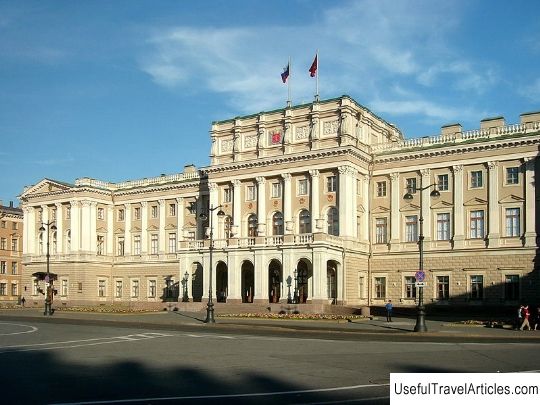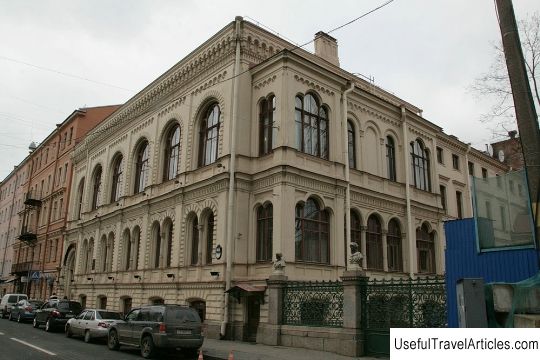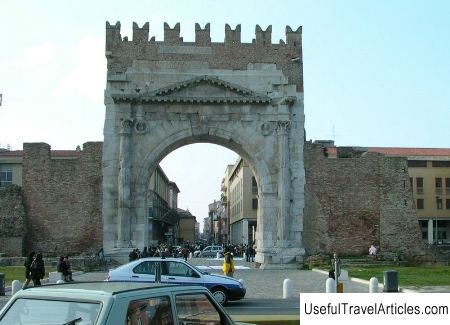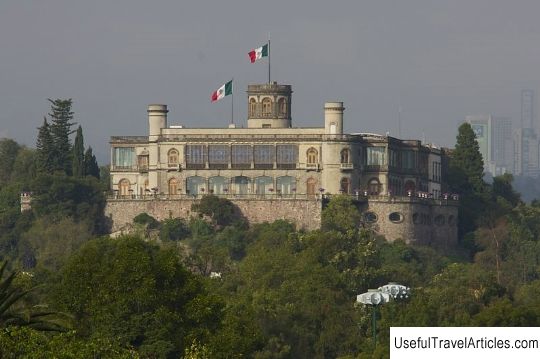Nicholas Palace description and photos - Russia - Saint Petersburg: Saint Petersburg
Rating: 8,7/10 (2849 votes) 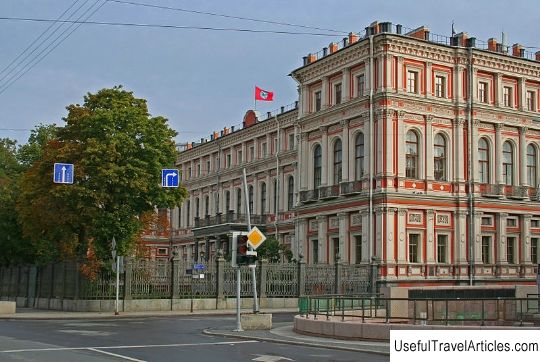
Nicholas Palace description and photos - Russia - Saint Petersburg: Saint Petersburg. Detailed information about the attraction. Description, photos and a map showing the nearest significant objects. Photo and descriptionFrom 1853 to 1861, the residence of the Grand Duke Nikolai Nikolaevich was under construction in St. Petersburg on Blagoveshchenskaya Square (Labor Square). Since 1721, this place was the location of the Admiralty's Rope Yard. Then there were barracks for sailors. Emperor Nicholas I personally chose the place for the palace of the third of his sons. The right to develop the project was given to A.I. Stackenschneider, and architects K. Ziegler and A. Lange were chosen as his assistants. The construction was supervised by R.A. Zhelyazevich, K.A. Ton, A.P. Bryullov. During the ceremony of laying the residence on May 21, 1853, a small box with gold coins and a copper plate with a commemorative inscription were placed in the foundation. Nikolaev residence is located on 2 hectares. Besides the main building, there are premises for servants, a riding hall, stables. The construction of the palace cost 3 million rubles. The consecration ceremony of the palace was held in the winter of 1861. The recognized master of eclecticism Stackenschneider used Renaissance techniques in the design of the palace facade. The decor of the lobby contains details of stone left over from the construction of St. Isaac's Cathedral. The main staircase was decorated with 17 paintings by N. Tikhobrazov. On the second floor, there were the White Lounge, the Chinese Lounge, the Small Dining Room, the Pink Lounge, the Banquet Hall, and the Dance Hall decorated with Jensen's sculptures. The furniture was ordered in A. Tour's workshop. The personal apartments of Nikolai Nikolaevich and his wife Alexandra were located in the eastern wing of the building. Nikolai's rooms were connected to the billiard room, reception, standard room, study. The walls were decorated with paintings by I. Shvabe. Alexandra's chambers were adjacent to her husband's. From them one could go to the winter garden and boudoir. On the ground floor of the residence there were rooms for children, and nearby - for teachers, a gym and several more guest rooms. In the eastern part of the palace there was a two-height church for 60 people. It was consecrated in 1863 by Protopresbyter V. Bozhanov. The walls of the temple and interior details were decorated by the professor of painting L. Tirsch. Church utensils are made of silver at V. Sazonov's factory. Telegraph communication, water supply and sewerage systems were brought to the palace. Next to the building there was an arena, which was connected to the palace by a covered passage. Since Prince Nikolai Nikolaevich was a member of sports and agricultural societies, he allowed exhibitions of horses, dogs, and pedigree cattle to be held there. The servants lived in a comfortable five-story building. There was a glacier in the garden of the residence in a grotto made of Finnish granite. Balls were often held in the Nikolaevsky Palace. The brother of the owner of the palace, Prince Mikhail, was a frequent visitor. An amusing fact is that, according to the observations of contemporaries, Nikolai liked to dance with girls, and Mikhail liked to dance with married ladies. In 1868, an accident occurred in the palace. Princess Tatiana Potemkina arrived at the engagement of Nikolai's niece, Duchess Eugenia of Leuchtenberg and Prince Alexander of Oldenburg, at the Nikolaev residence. When she was in the elevator, it fell down from the top floor. The princess miraculously survived. Princess Alexandra often organized charity bazaars in the White Drawing Room of the palace. In 1880 reconstruction and redevelopment for matured children began in the Nikolaev residence. As a result, Petr Nikolaevich's apartments appeared on the first floor in the southern part, and Nikolai Nikolaevich junior - in the northern part. In 1890, after the death of Grand Duke Nicholas, for the debts, the palace was transferred to the Department of Fates. In the Nicholas Palace, it was decided to make a women's institute, which was named in honor of the daughter of Emperor Xenia - Kseniinsky. The palace was rebuilt by the architects R.A. Gedike and I.A. Stephanitz. The opening of the Ksenia Institute took place in March 1895 in the presence of Emperor Nicholas II. After the revolution, the palace was given to the Union of Trade Unions. They began to call it the Palace of Labor. The regional committee and branch trade unions, the people's university of professional workers, a library, printing house and editorial offices of the journal "Vestnik trade union" and the newspaper "Trud". During the war, there was a hospital in the palace. The building was seriously damaged by shelling and bombing. After the war, it was restored. Now the Nikolaevsky Palace houses the Council of the Federation of Trade Unions of St. Petersburg and the region.      We also recommend reading Museum of Modern Art (Museo De Arte Contemporaneo) description and photos - Panama: Panama Topic: Nicholas Palace description and photos - Russia - Saint Petersburg: Saint Petersburg. |
